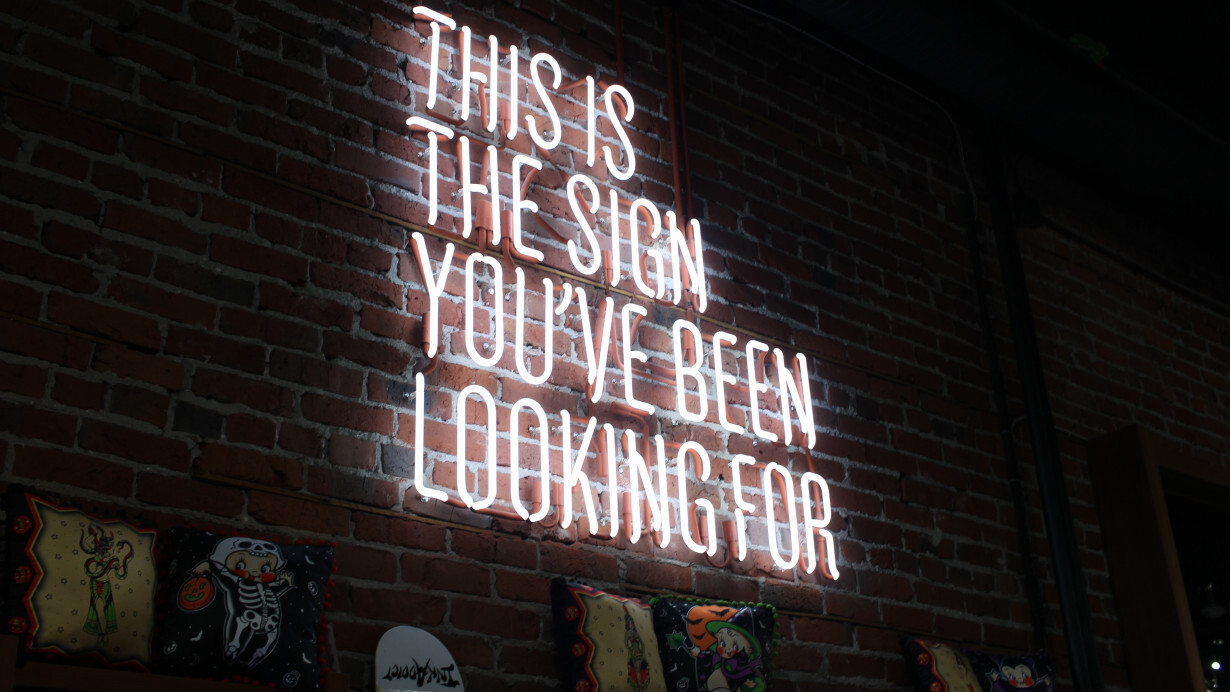
We’re forever plugged in these days. Every entrepreneur or marketer in any industry is constantly searching for the latest and greatest strategy for boosting their online impact, because we’re all endlessly being told just how critical your web presence is to your business’s success. The truth, though, is that old school advertising is alive and well, and perhaps even better than ever. The results these traditional methods generate can be pretty surprising, especially since they can cost less per impression than more tech-savvy forms of advertising.
For example, attention-grabbing signage can increase foot traffic to a storefront by up to 20 percent, which is pretty impressive when you compare that to the mere 5 percent increase attributed to television advertising, according to the National Association of Advertisers. In fact, plenty of traditional marketing strategies are making just as much of an impact on business’s bottom lines as they ever have, even if they’ve been modernized a touch over time.
Advertising through mailers, coupons, and lead buying, for instance, are all still hugely beneficial marketing options for any business, whether you prefer to use good old-fashioned snail mail or online sales funnels. What’s really interesting to consider, though, is that old school stamp-and-send mailers still tend to perform better than web campaigns, despite all the hype about moving your business online. According to Forbes, “while PPC and local SEO helps users find us easily online, using mailers to increase brand awareness is vital in helping us build trust with consumers. Consumer trust increases sales calls.” The moral of the story, it seems, is to strike a balance between the convenience of the web and the more personal touch of a traditional mailer.
Building trust and a relationship with the customer is what marketing is all about, and despite what you may believe about old school advertising, it’s not all about the hard sell. While there are plenty of traditional methods that focus on interruption—like commercials during TV shows—the internet didn’t invent permission marketing. Technology may have made it faster, more efficient, and more widely implemented, but businesses have been asking customers to register for newsletters and coupon mailers, gathering information from promotions and giveaways, and implementing loyalty programs for decades. Of course, it’s little wonder that permission marketing is more successful than interruption marketing, because customers have actively invited you into their lives instead of you forcing your way in. They’ve already indicated their interest, so you’re not wasting precious energy on all the people who do not have any interest whatsoever in what you’re selling.
Another important way to establish trust with consumers is through brand recognition. Advertisers have always known that a successful logo, catchy jingle, or memorable mascot could take an ordinary business and turn it into a household name. You only need to look as far as an organization like Coca-Cola to see how classic branding strategies can pay off in American icon-hood. While it should go without saying that it isn’t possible to become a household name without an internet presence, there are plenty of things you can be doing offline to boost brand awareness and increase social proof, like offering promotional products. The most important thing you can do to benefit your business on the ground, though, is to focus on doing the legwork of networking face-to-face. Go to trade shows, road shows, and vendor events. Hand out business cards, shake hands, and remember faces. A warm, personable demeanor and a little personality will go a lot further in making a positive brand impression than a witty tweet or well-written web content, because people value that one-on-one connection.
Finally, don’t forget about the power of radio advertising. A Nielsen data analysis concluded that broadcast radio reached more than 77 percent of adults each day, making it a powerful resource for companies looking to expand their reach. Entrepreneur advises using radio campaigns targeted toward establishing yourself as the industry expert your audience can trust, since they will be hearing your reassuring words on the airwaves on a highly regular basis. Radio advertising campaigns are most effective when they run in long cycles (ideally 52 weeks a year), but they are sure to build trust within your expanding customer network.
If you’re looking to grow your business but feel frustrated by trying to keep up with the latest-and-greatest digital techniques that always seem to overpromise and underdeliver when it comes to your ROI, get back to the basics and start kicking it old school. Advertising strategies that include phone calls, traditional mailers, promotions and giveaways, and loyalty programs can deliver some serious bang for your buck because they encourage a sense of personal connection to your brand. More importantly, though, they’ll develop the kind of trust necessary to establish lasting relationships with your customers.
What’s the best thing you’ve ever done for your brand offline? Share your old school networking or advertising tips in the comments!
Get the TNW newsletter
Get the most important tech news in your inbox each week.





